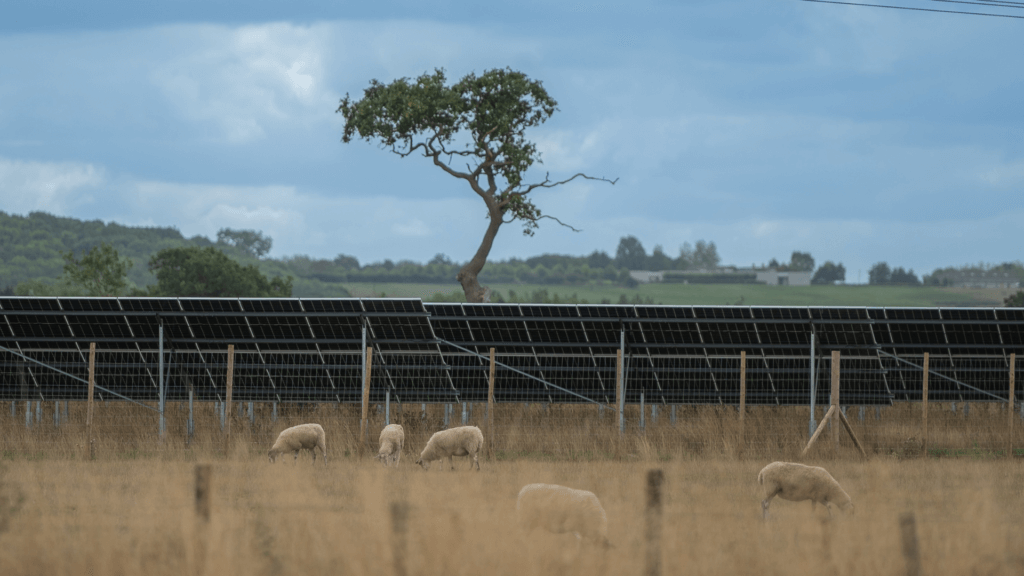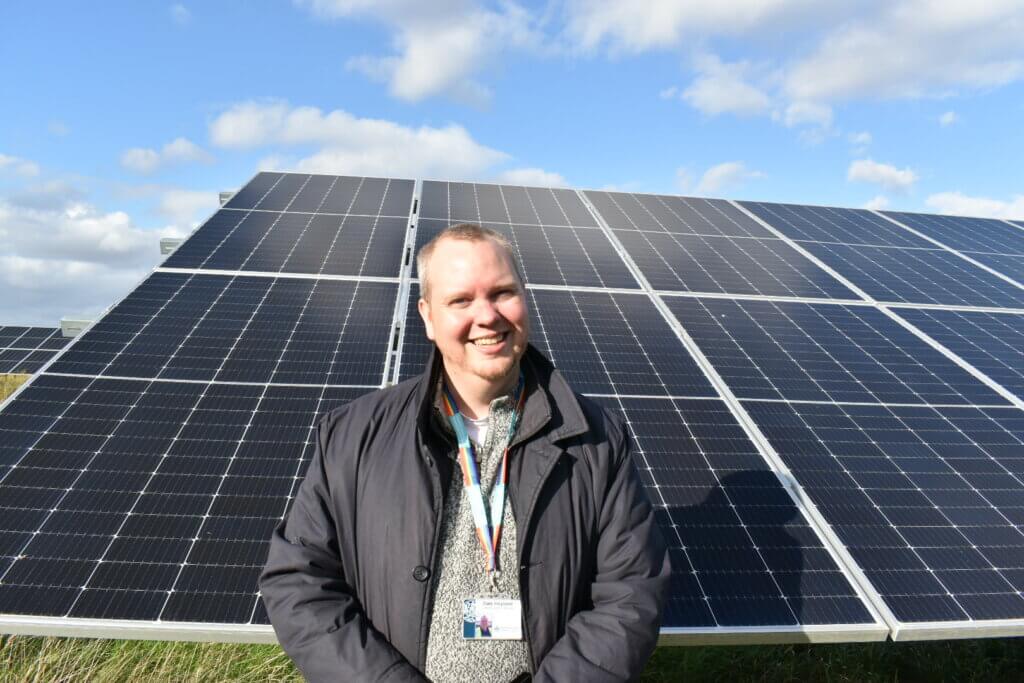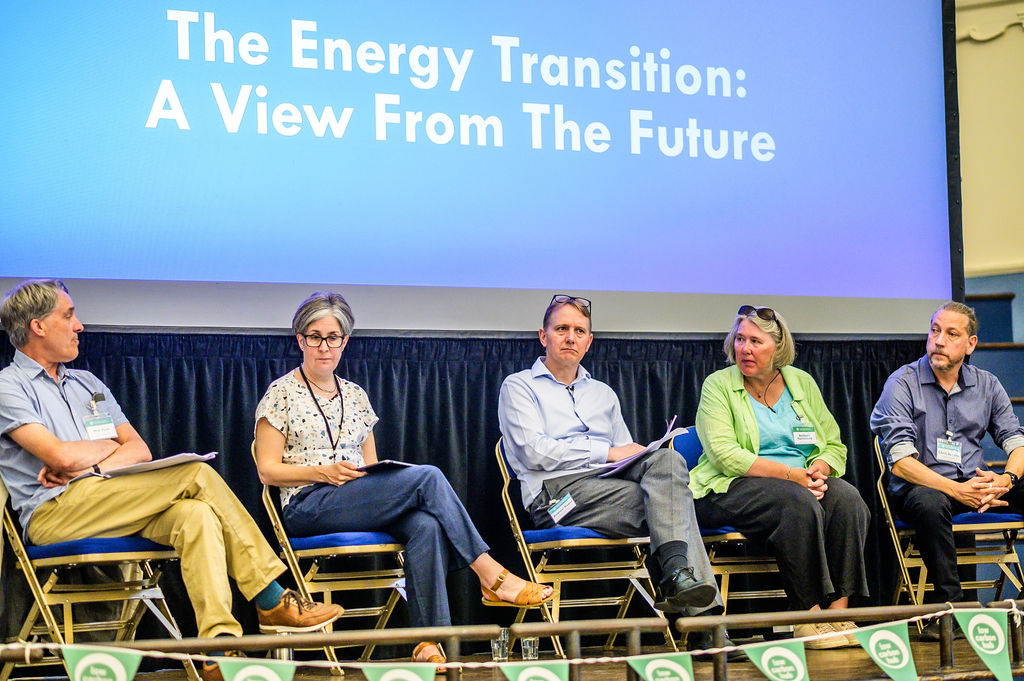
Great British Energy: What the New Strategic Priorities Mean for Community Energy
On 16 September 2025, the UK Government published its Statement of Strategic Priorities for Great British Energy (GBE). For community energy groups and local climate initiatives, the announcement signals fresh opportunities, but also important challenges.
Communities at the Heart of the Transition
GBE is a publicly-owned, operationally independent clean energy company with a clear mission: accelerate the UK’s shift to renewables while ensuring that billpayers, and communities share in the benefits. Crucially, the government has stated that community ownership and involvement will be central.
Here’s what this could mean in practice:
- More local ownership: From solar rooftops to wind farms, clean energy projects may increasingly be designed to give communities a real stake, ensuring benefits stay local.
- A Local Power Plan: Expected later this year, this plan will outline how GBE and Department for Energy Security and Net Zero (DESNZ) will grow the community energy sector. It could be a turning point for decentralised, people-led energy systems.
- Early-stage support: GBE is tasked with de-risking the most difficult part of project development, offering funding and technical expertise to help community groups get projects off the ground.
- Local jobs and skills: By prioritising strong UK supply chains, GBE’s work could mean new training opportunities and green jobs rooted in communities.
- Resilient local systems: With an emphasis on decentralisation, the strategy aligns with the vision of smart local grids and neighbourhood renewables under community control.



Challenges to Watch Out For
While the direction is positive, details matter. Community energy groups will need to keep an eye on:
- Ensuring equitable access so benefits don’t only flow to better-resourced regions.
- Whether “involvement” means genuine ownership and decision-making power, not token participation.
- Regulatory hurdles like planning permission and grid connection, which still hold projects back.
What Community Groups Can Do Now
As we await the Local Power Plan, groups can start preparing by:
- Staying engaged: Track GBE’s Strategic Plan and respond to consultations. Low Carbon Hub is doing this and can help your group.
- Building partnerships: Think about joint ventures or co-development with GBE, local authorities, or private partners. Again, Low Carbon Hub would be happy to talk to you about these opportunities.
- Strengthening capacity: Share expertise, skills, and resources across networks. The Energy Learning Network is an excellent resource.
- Designing fair models: Ensure projects include mechanisms to deliver real ownership, fair returns, and local reinvestment.
- Advocating for reform: Push for faster grid access, supportive planning, and regulatory clarity. Community Energy England can also support with this.
Conclusion
The Statement of Strategic Priorities is a strong signal that community energy is moving centre-stage in the UK’s clean energy transition. For those of us working in community energy, there are real new possibilities opening up. However, the real test will be in how these plans are implemented. How accessible GBE is to community groups, and whether the promised regulatory, financial, and institutional support materialises swiftly.
